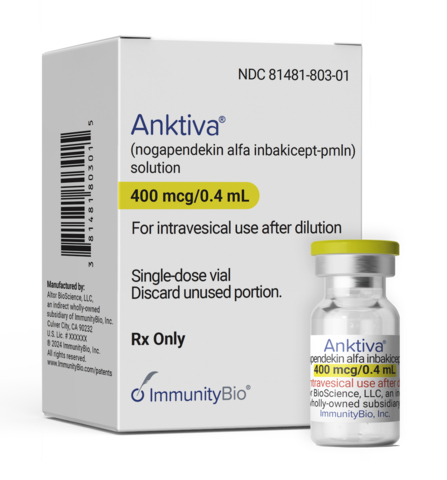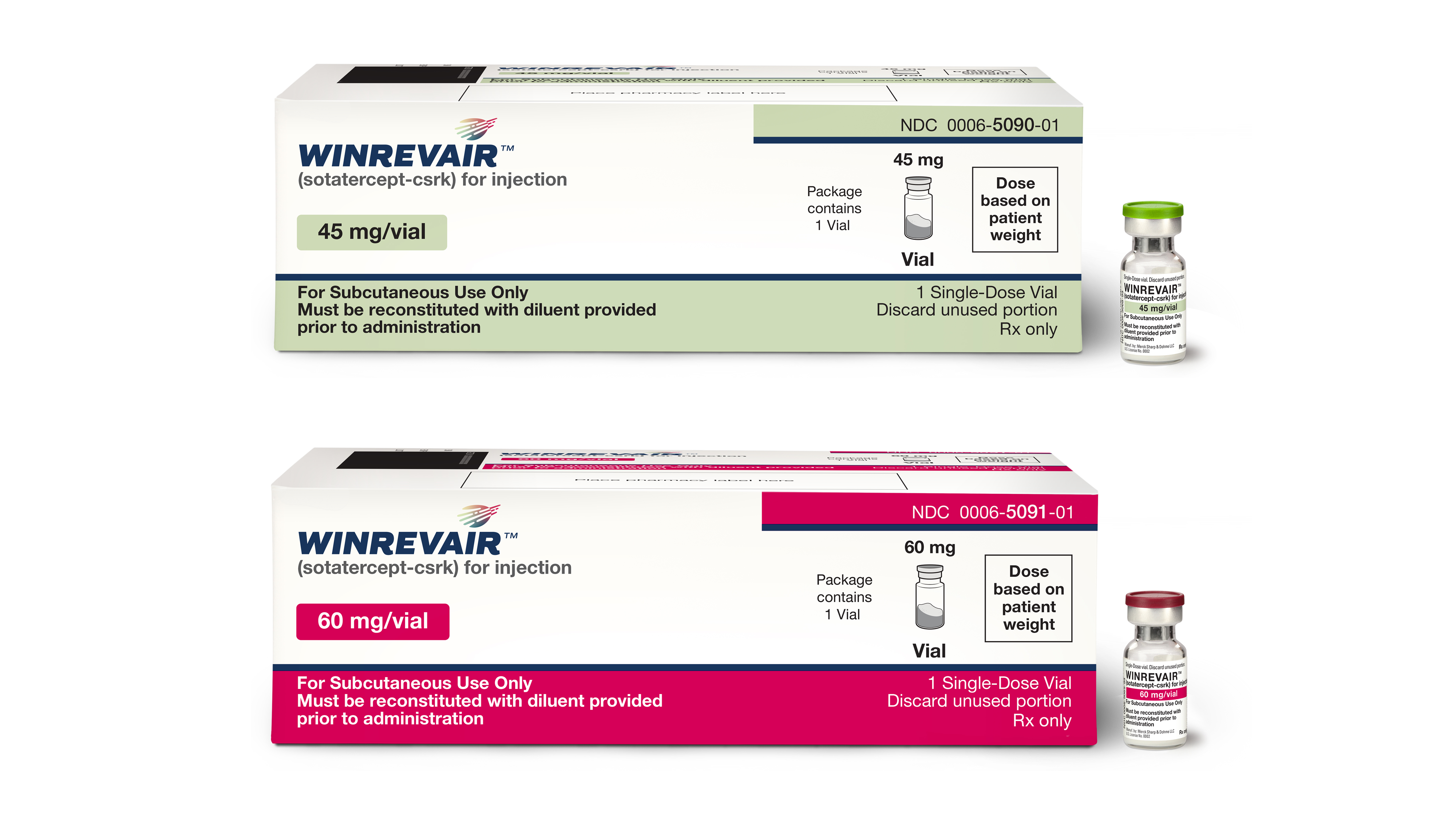CRISPR gene editing has the potential to effectively cure a multitude of diseases and genetic conditions, however the technique is not 100 percent accurate, leaving patients exposed to potentially harmful effects of off-target mutations. University of Texas (UT) scientists have developed a technique to predict undesirable editing by the CRISPR tool and help researchers design personalized gene therapies on a patient-by-patient basis.
Preclinical research has shown that the CRISPR-Cas9 system was capable of correcting mutations associated with Duchenne muscular dystrophy in mouse and human cells, and removing HIV genes from living animal models. The number of CRISPR clinical trials continues to rapidly grow in China, where doctors there first used the technique on human patients to disable a gene associated with cancer development.
However, a recent study found that CRISPR had the potential to introduce hundreds – or even thousands – of off-target mutations into the genome. This means that while the target sequence might be corrected, those other unwanted mutations might affect a person’s health in other ways, and potentially favour cancer development.
To help address this issue, the UT scientists have developed a rapid test to predict what genomic sequences a CRISPR molecule might interact with, other than its target. This personalized medicine approach would help doctors identify potential mutations before ever treating a patient using gene editing.
“You and I differ in about one million spots in our genetic code,” said Dr. Ilya Finkelstein, an assistant professor in the Department of Molecular Biosciences at UT Austin and the project’s principal investigator. “Because of this genetic diversity, human gene editing will always be a custom-tailored therapy.”
Finkelstein and his team used a technique known as Chip Hybridized Affinity Mapping Platform (CHAMP), which uses next-generation genome sequencing to study sequences which may be affected by CRISPR gene editing. Since the software developed by the team to analyze the results and the 3-D printed platform that allows the chip to be viewed under a microscope are both open-source, other researchers using CRISPR in their experiments could also use the tool to make gene editing more accurate.
“If we’re going to use CRISPR to improve people’s health, we need to make sure we minimize collateral damage, and this work shows a way to do that,” said co-author Dr. Stephen Jones, a postdoctoral researcher at UT Austin. The research was published in the journal, Cell.
Gaining a better understanding of how CRISPR molecules interact with the genome will help researchers reduce the risk of off-target effects in the future. This type of predictive technology could also support faster development of personalized gene editing therapies, decreasing costs and getting effective treatments to patients sooner.












Join or login to leave a comment
JOIN LOGIN